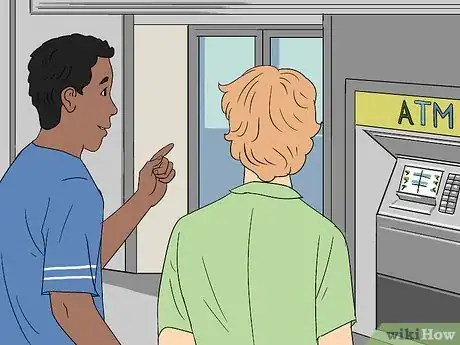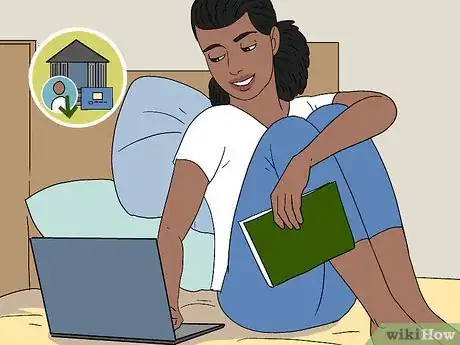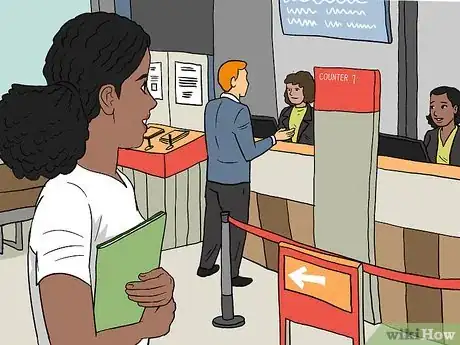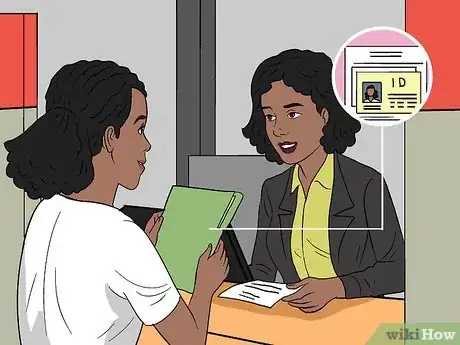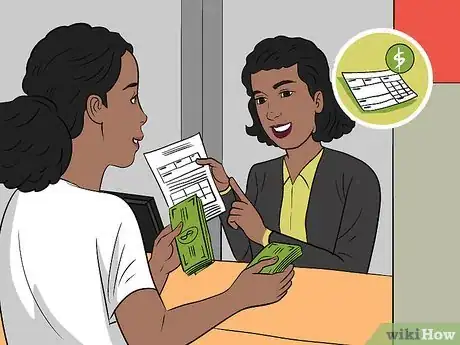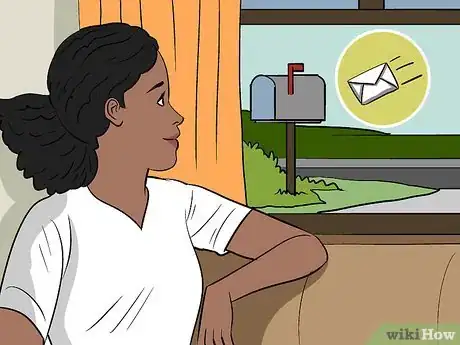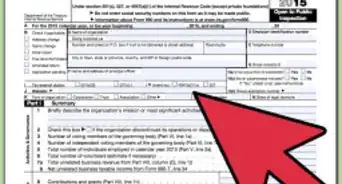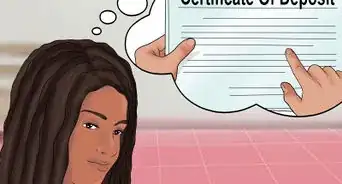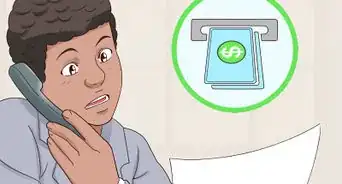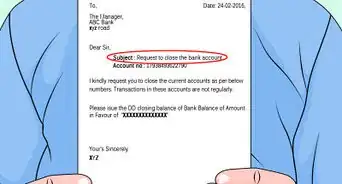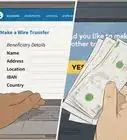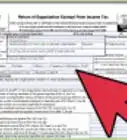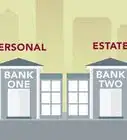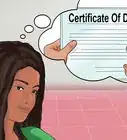This article was co-authored by Michael R. Lewis. Michael R. Lewis is a retired corporate executive, entrepreneur, and investment advisor in Texas. He has over 40 years of experience in business and finance, including as a Vice President for Blue Cross Blue Shield of Texas. He has a BBA in Industrial Management from the University of Texas at Austin.
This article has been viewed 104,640 times.
Maintaining a bank account has become an essential part of modern living. Without a bank account, it can be difficult to pay bills, get paid by your employer, or keep track of your money. Learning how to get a bank account will allow you to avoid such difficulties. Applying for and opening an account is a matter of choosing a bank, picking the type of account you want, and filling out an application.
Steps
Preparing to Open an Account
-
1Choose a banking institution. Perhaps the most important step in opening an account is deciding which bank to do business with. Compare several banks in your area using criteria that are important to you, such as the branch hours and the availability of ATMs. Generally, large national banks have the advantage of being available even if you travel or move, while small local banks tend to pride themselves on better service.
- You can also open an account with a credit union instead of a bank. Credit unions are like banks, but they are organized as nonprofits and owned by their members (customers). To join a credit union, you will have to meet the membership requirement, which usually means living in a certain geographic area or working for a certain employer.[1]
- Many banks will also allow you to open a bank account online.
-
2Choose the type of account(s) that you want to open. Bank accounts are offered in 2 basic forms: checking and savings. Checking accounts can be drawn on through a debit card or check, and should be used for everyday spending. Savings accounts, on the other hand, are meant as a place where you park your money for a long period and earn interest as long as you keep it there.[2]
- Each bank is likely to have different rules associated with their checking and savings accounts. For example, some checking accounts are free, while others require an annual fee in exchange for additional benefits. Many savings accounts require a minimum balance.
- Some banks offer interest on checking accounts. Others allow you to write checks on your savings account. Check with your local banks to see what options are available to you.
- You can also open both a checking and a savings account at the same time. That way, you'll have money that you can use for day-to-day spending in your checking account while still having money in a savings account that's for the proverbial "rainy day."
Advertisement -
3Save up enough money to open your account(s). You'll find that some banks have minimum deposit requirements before you open an account. Even if they don't, it makes little sense to open an account with $0. Have some money handy that you'll use as your first deposit when you open your account.
- You can deposit one or more paychecks from your work into your bank account when you open it. You don't have to bring cash.
- Bear in mind that checking and savings accounts will often have different minimum requirements. Be sure you find out the minimum for the type of account you're planning to open.
Opening the Account
-
1Open an account online. Many banks will allow you to open a bank account online. That's a convenient option if you'd rather not go anywhere.
- In some cases, you might be required to open an account in person. That depends on your personal circumstances and the policies of the bank.
- Policies about opening an account online vary from bank to bank. The best way to find out if you can open an account online is to visit the bank's website and start the process of opening an account. You'll be informed if you're required to visit a branch to open an account.
-
2Visit a branch of the bank. If you've decided not to open your account online, you'll need to visit the bank during their business hours. You will not need to make an appointment to open an account. You can either tell a teller that you want to open an account, or sign the sign-in list (if there is one) and wait to be served. Alternatively, some banks allow you to open an account online.
-
3Apply for the account and provide your information. There will be an application for opening the account in which you'll need to provide basic information about yourself. In addition, bring a photo ID, proof of residence (a utility bill, for example), and your Social Security card. Different banks may require different information, but you will need to furnish proof of identity in some form.
- You might also want to think about a 4-digit personal identification number (PIN) that you'll use for your check card, if you're issued one. That's the 4-digit number that's effectively your password for the card. Someone who steals your card won't be able to access your funds without that PIN.
- If you don't have a Social Security number (for example, because you're a nonresident or resident alien), you can apply to the IRS to get an Individual Taxpayer Identification Number (ITIN).[3] Once you have an ITIN, bring it with you when you go to open your account.
- If you don't have a photo ID, you still might be able to open a bank account. In that case, some additional documentation may be required. Check with your local branch to determine what type of documentation is required.
-
4Familiarize yourself with the terms of the account agreement. Read carefully over the paperwork regarding the account before signing. Make sure you understand the account policies, including fees charged for bounced checks, fees for transferring money between accounts, and interest rates on savings accounts. If you have any questions, ask them before signing.
-
5Make your first deposit. Now that your account is formally open, it's time to deposit the funds that you brought with you to the bank. If you're unclear about how to fill out a deposit slip, talk to the person who assisted you with opening the account. He or she will be happy to help.
-
6Wait for your checks and debit card. After filling out the paperwork, your account can generally be used immediately. If you ordered a checkbook or a debit card, wait for them in the mail. Activate the debit card according to the mailed instructions, if applicable.
- You might get a temporary debit card when you open the account. A permanent debit card will likely be mailed to you.
- You'll also likely receive temporary checks when you open the account. Use those checks until the other ones arrive in the mail.
Things You'll Need
- Photo ID
- Proof of residence
- Social security card
- Money for initial deposit
References
About This Article
To open a bank account, go to the bank’s website and follow the prompts to open an account online. If you’re unable to set up an online account, visit a local branch to open your account in person. Make sure you take a photo ID, your Social Security card, and some proof of residency, like a utility bill. Additionally, be prepared to read through any paperwork associated with the account so you’ll know what fees you may have to pay. You should also bring along the minimum deposit amount needed to open your account. For more information from our Financial co-author, including how to get a bank account through a credit union, scroll down!
